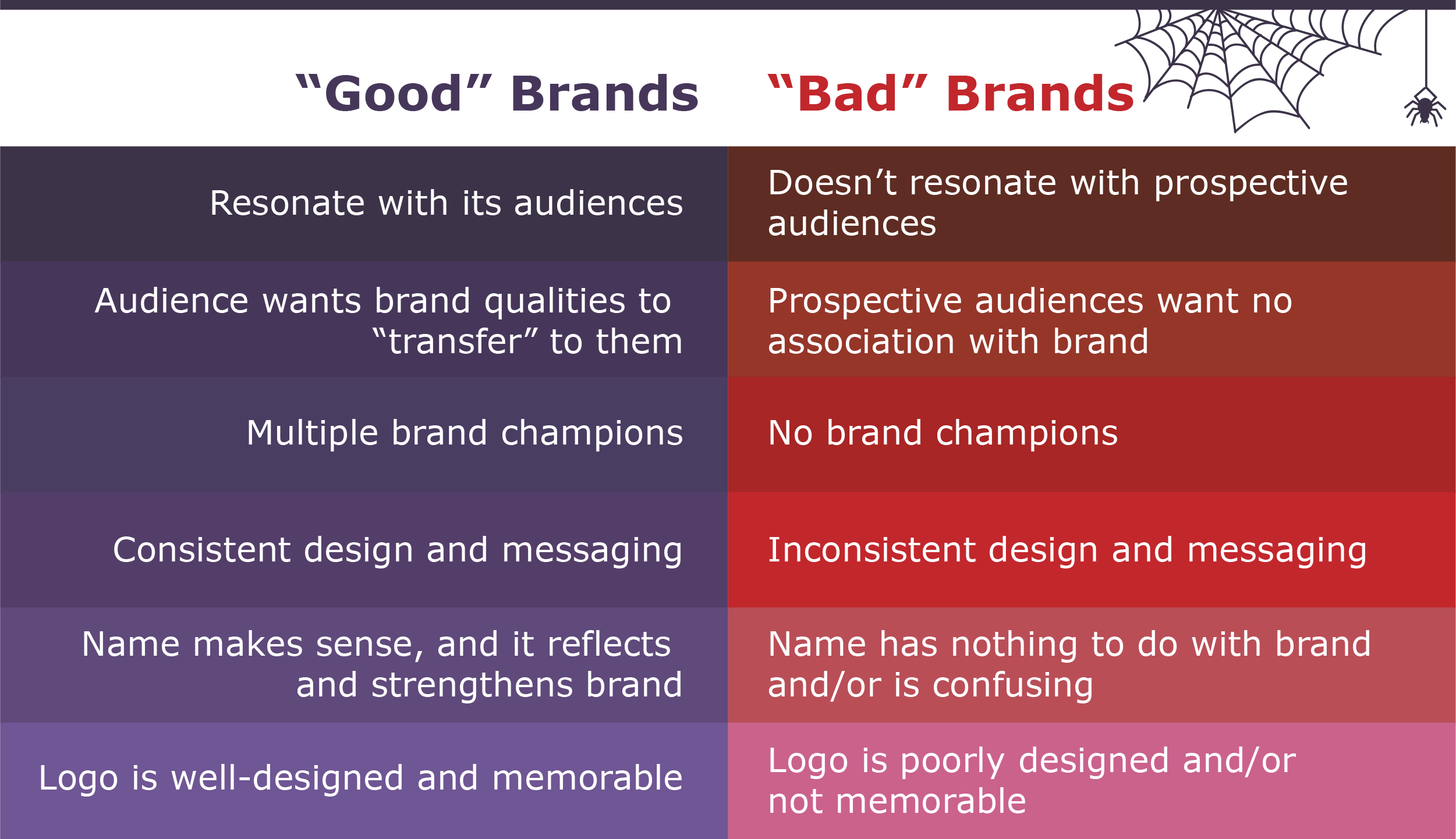It’s a very difficult question when people ask “what makes a design a good design”. When we go shopping for furniture we are bombarded with so many different styles and materials that making the right decision is almost impossible. We have to balance style and function, appearance and functionality. The same is true when choosing a home interior design. And it’s not always an easy task.
What makes a design a good one for me may not be what makes a design a good one for your neighbor. When it comes to choosing a design for your home, you need to take into consideration your own taste and style. I’ll give you an example. If you like the way my family’s house smells and looks, I wouldn’t necessarily recommend a design for you that has lots of plastic, shiny objects and shiny furniture on the walls. But on the other hand, if you find a room in my house that has lots of character and natural materials you may find it suitable for you and appreciate the design more.
It is very difficult to make generalizations about home interior design. You really have to see and experience it for yourself to know what is good and what isn’t. If you’re not a professional interior designer then I’d recommend hiring one. Interior designers have the experience necessary to help you make the right choice. By hiring a qualified and experienced interior designer you can rest assured that you are making the right home interior design choice.
What makes design beautiful?
What makes design beautiful is actually many things, but the most important thing I think is that it’s originality. It seems to me to have this quality that is not found in many other creative fields: the ability to do something different and then claim it as your own. In the creative world you’re always striving to be more original. It becomes a sort of ongoing process: one season you might do something totally different and then 2 seasons later you come back with the same ideas, or perhaps even a new angle on it, so now you try it again. This continuous innovation is what I believe is what gives great design.
I think it comes from the fact that these types of original thinkers are rarely threatened or attacked by the status quo. Instead they take their idea and run with it. Often times it takes a long time to see these type of designers, because they are so good at what they do and so few people are willing to challenge them. I think it’s also related to the fact that most of us are quite bad at communicating. It’s not really communication but just a fear of putting ourselves out there in front of others.
Some of the greatest designers would likely say that their greatest achievement was the ability to not allow themselves to be threatened by criticism. This comes from their original thinking and creative confidence. Many less talented designers might say that their greatest achievement was coming up with the best design possible, which might be true, but if the end result of their work didn’t make anyone happy they would be threatened by the criticism. Originality allows original thinkers to do what they do without fear of rejection or criticism. In my opinion this is the most important thing in a designer’s success: original thinking, creative confidence, and the ability to not be threatened by others.

What makes a design bad?
In the third chapter of the book “What Makes a Design Bad?” Jacob M. Dielman presents his principal argument: that the principle of derived classes (p>anaesthetic primacy) and the principle of simplicity lead to unsatisfactory design. Although he rejects the view that beauty is simply a function of form, he does present an argument that derives from this principle that makes abstract interfaces bad in aesthetic terms.
As a preface, I would like to point out that what makes a design bad is a more general philosophical stance on design, which I do not want to get into in this review. Rather, I would like to point out that in the second chapter, Jacob Dielman offers a defense of his position based upon a series of parables. Specifically, in the first parable, “Aquinas’s Descartes Problem,” he compares Descartes’ theory of transcendence with an interface, is arguing that a representational system based on transcendence is unsatisfied with a mere physical system based on mere substance. In the second parable, “The Summa of Painting,” he compares art with the activity of making an artwork, arguing that it is necessary to think through problems as much as possible to derive quality art. While these discussions do provide a point of unity for those who agree with Dielman, I find more disagreements between him and those who disagree with him as well.
In conclusion, what makes a design bad? As I said earlier, in part this is an argument based upon a philosophical stance regarding aesthetics. However, as an application to the problem of bad design, I believe that the focus of this discussion is too narrow. The key to good design is to strike a balance between aesthetics and knowledge/quality processes and to combine these two tools in a meaningful way.
